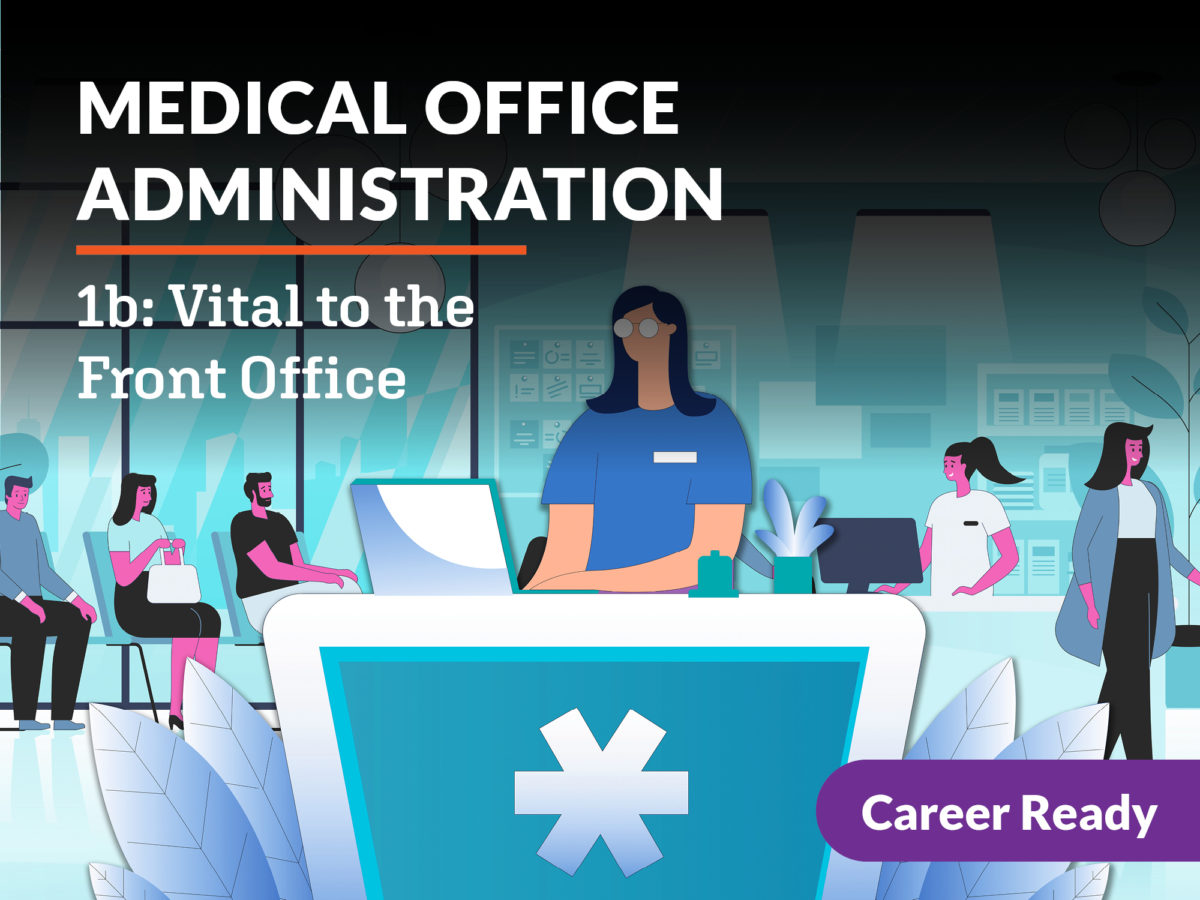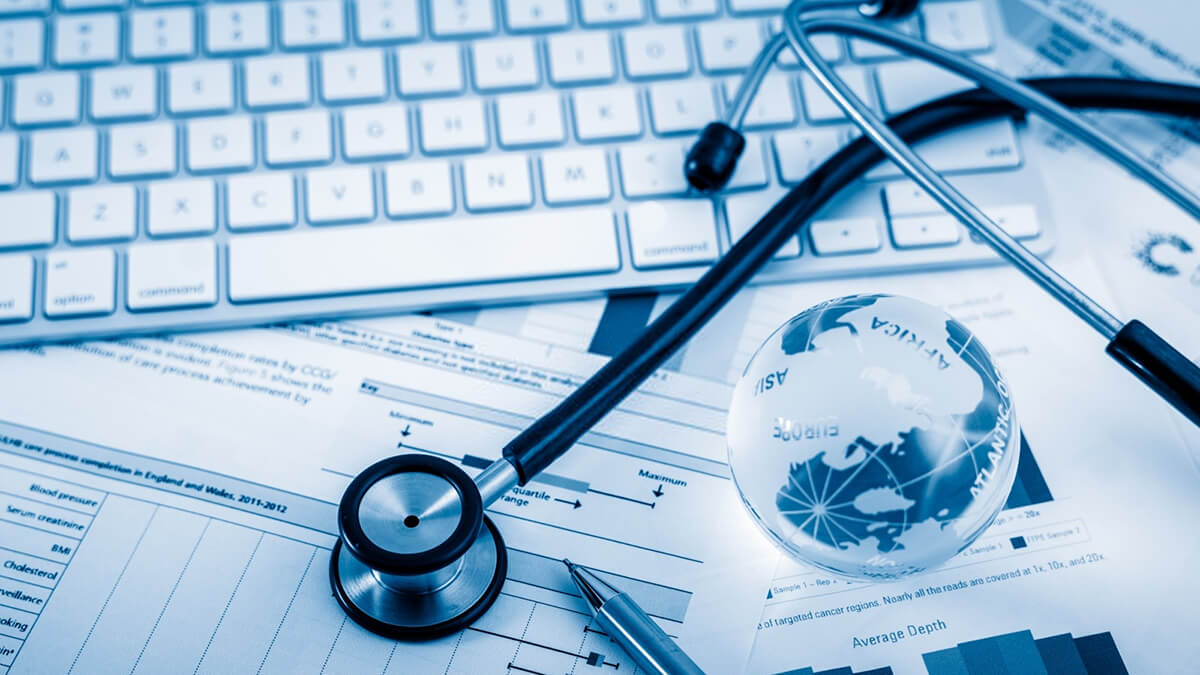The Future of Medical Administration: Fads and Advancements to Watch
The Future of Medical Administration: Fads and Advancements to Watch
Blog Article
Best Practices in Medical Management for Improving Effectiveness and Reducing Costs
In the ever-evolving landscape of medical care, the search of best techniques in medical management is vital for boosting efficiency and suppressing expenditures. By integrating sophisticated modern technologies such as electronic wellness documents and telemedicine, medical care service providers can simplify operations and improve person treatment.
Leveraging Advanced Technology
The integration of digital remedies right into medical care systems has actually changed the way facilities run, simplifying procedures and improving patient treatment. By centralizing client details, EHRs eliminate the requirement for cumbersome documents and promote seamless interaction among health care carriers.
Telemedicine is one more technical development that has transformed client communication. It supplies comfort for both patients and medical care experts by allowing remote consultations, which can decrease the demand for in-person brows through and enhance appointment organizing. In addition, telehealth systems can extend healthcare access to rural or underserved areas, connecting voids in care distribution.
In addition, using Expert system (AI) and artificial intelligence is ending up being increasingly widespread in predictive analytics, permitting for early discovery of prospective health and wellness problems and more educated decision-making. These innovations, when incorporated efficiently, can boost diagnostic precision and customize client therapy strategies, inevitably leading to enhanced health care end results and functional efficiency.
Optimizing Source Allowance
Effective source allotment is crucial for making best use of the performance of medical management. By strategically handling sources such as employees, tools, and funds, health care centers can substantially enhance their functional efficiency, enhance person results, and minimize unneeded expenditures. The first action in enhancing source allotment includes conducting a thorough assessment of existing properties and recognizing locations where resources might be underutilized or exhausted. This evaluation must be data-driven, utilizing metrics and analytics to notify decision-making procedures.
Focusing on source allotment based upon client needs and service demands is essential. This involves lining up sources with high-demand locations, such as emergency treatment or specialized treatments, to make sure prompt and effective person care. Applying adaptable staffing versions can likewise optimize labor sources by readjusting personnel allotment in action to rising and fall individual quantities. Furthermore, welcoming telemedicine and various other technological remedies can alleviate physical source constraints by using alternative opportunities for patient-provider communications.
Funds should be thoroughly checked and allocated with critical foresight to sustain both temporary functional needs and long-term institutional goals. This includes investing in training programs that improve staff expertises and adopting energy-efficient methods that decrease functional expenses (medical administration). Ultimately, a maximized source appropriation strategy cultivates a lasting medical care environment that is responsive, efficient, and financially prudent
Streamlining Operations Processes
When health care facilities aim to boost functional effectiveness, enhancing process procedures comes to be a pivotal focus. Effective process lessen redundancy, eliminate unneeded steps, and boost coordination amongst healthcare professionals. This technique not only increases solution distribution but likewise boosts the high quality of individual care.

Next, innovation integration plays a substantial duty in improving operations. Applying digital health and wellness documents (EHRs) and computerized doctor order entrance (CPOE) systems reduces over at this website documents, decreases human mistake, and ensures information is easily accessible to all appropriate workers. Furthermore, leveraging telemedicine platforms can enhance person appointments and follow-ups, decreasing the strain on physical facilities.

Ultimately, structured operations result in set you back decreases and enhanced person satisfaction, cultivating a more sustainable healthcare setting.
Enhancing Information Monitoring
Building upon streamlined process, enhancing data monitoring becomes an essential element ahead of time medical care management. Effective information management systems are vital for maintaining accurate person records, enhancing decision-making, and making certain conformity with regulative criteria. By applying robust information monitoring services, healthcare facilities can enhance the high quality of person care while all at once minimizing operational costs.
One key facet of enhancing data management is the integration of innovative digital wellness document (EHR) systems. These systems help with the seamless exchange of patient information across different departments, lowering replication of examinations and reducing errors. A well-designed EHR system sustains data analytics, allowing healthcare carriers to identify trends and make notified choices pertaining to patient care.
Moreover, securing patient information is paramount. Embracing detailed cybersecurity procedures, including encryption and regular audits, guarantees the stability and confidentiality of sensitive information. This not just shields people but additionally preserves the organization's credibility.
Spending in personnel training is another critical variable. Educating healthcare professionals on information monitoring techniques improves their capability to effectively make use of modern technology, resulting in enhanced patient outcomes. Finally, boosting data management with sophisticated innovation and thorough training is important for achieving efficiency and price reduction in clinical management.
Fostering Collaborative Interaction
A critical component in advancing medical administration is cultivating joint communication amongst medical care experts. Reliable communication is paramount for ensuring seamless client care, maximizing therapy results, and reducing mistakes. By urging open discussion and sychronisation try here across multidisciplinary teams, healthcare companies can boost their functional effectiveness and reduce unnecessary costs.
Central to this method is the integration of interaction innovations such as electronic health records (EHRs) and secure messaging systems, which help with the fast exchange of vital person information. These devices allow health care suppliers to access and share information in genuine time, making sure that all staff member are educated and lined up in their decision-making processes. Routine group meetings and interdisciplinary rounds can better advertise a society of collaboration and accountability.
Training programs additional hints concentrated on improving communication abilities are likewise crucial. These programs can assist team establish the capacity to share info clearly and listen actively, therefore lowering misunderstandings and fostering an encouraging work atmosphere. Additionally, taking on standard communication protocols, such as SBAR (Scenario, Background, Analysis, Referral), can improve the exchange of details, making certain that critical details are shared succinctly and efficiently. Inevitably, fostering collective interaction causes improved medical care shipment and cost financial savings (medical administration).

Conclusion
Integrating advanced innovation, such as digital health and wellness documents and telemedicine, alongside maximized source allotment and streamlined operations processes, is vital for boosting performance in clinical administration. Effective information management and promoting joint interaction amongst healthcare teams are crucial for minimizing redundancies and boosting care top quality. By prioritizing precautionary treatment and involving in top quality renovation campaigns, health care companies can achieve substantial expense savings and improved patient results, thereby making sure sustainable health care distribution in a progressively complicated atmosphere.
Report this page